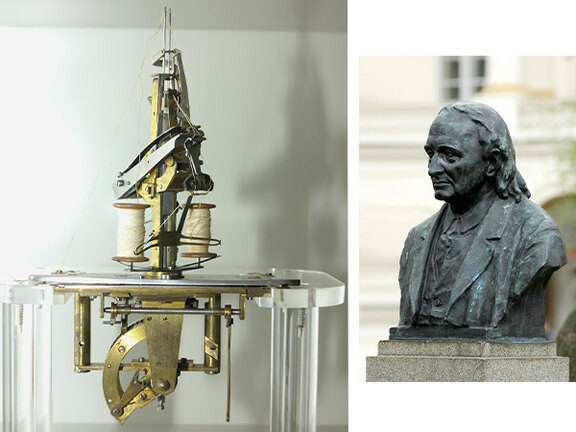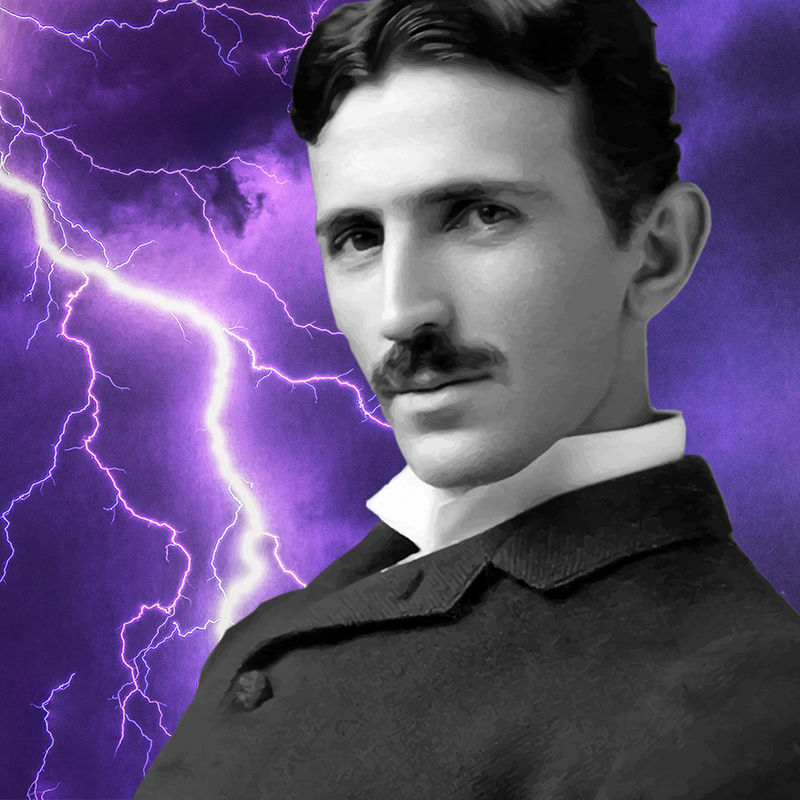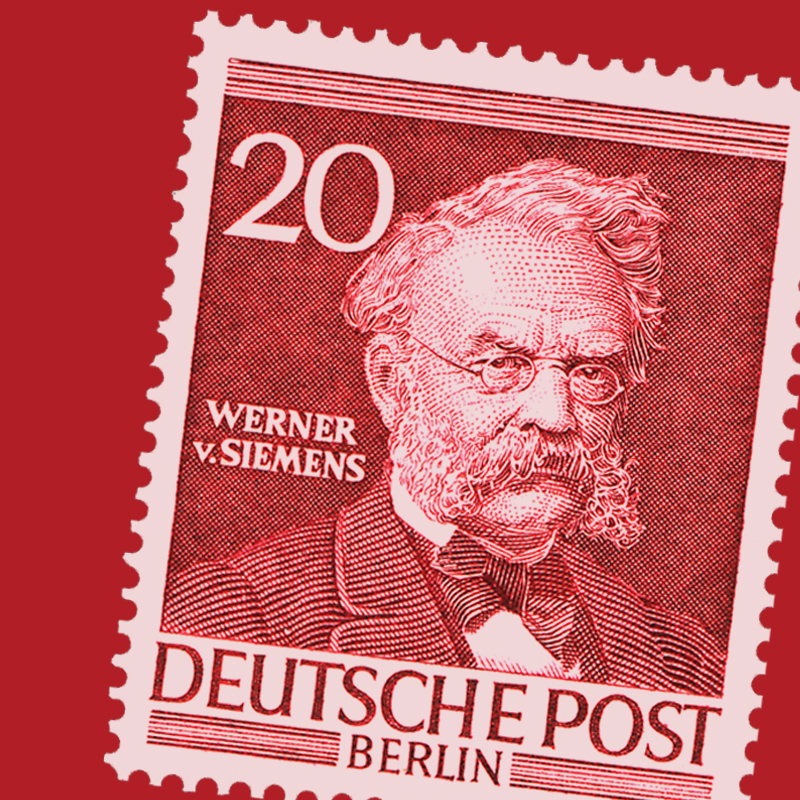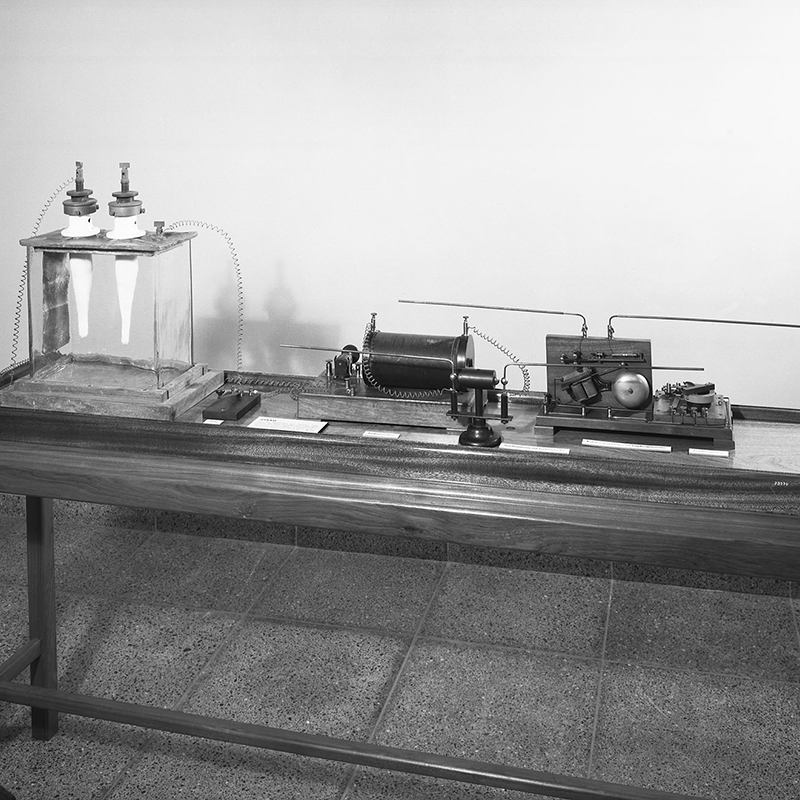Josef Madersperger is an example of how ingenuity and wealth do not always go hand in hand. Having trained as a tailor, he made his first attempts to build a sewing machine in early 19th century Vienna. An ambitious project in which he invested a great deal of time and his life savings. The device he was working on was meant to mimic the movement of a human hand sewing. He presented the first prototype to the public in 1814. A year later, he was granted a “Privilege”, similar to a patent. But because he could not raise the funds to extend this Privilege, it expired without him being able to exploit it. Madersperger kept trying: he improved his sewing machine and presented it to various institutions such as the k.k. Polytechnic Institute and the Lower Austrian Trade Association for inspection. But financial success failed to materialize. The once so courageous tailor is said to have spent the final years of his life embittered and in increasing poverty until his death in 1850.
Little recognition from the emperor: Peter Mitterhofer’s typewriter
Peter Mitterhofer also worked on a machine for many years. In 1864, he developed the prototype for his typewriter, the “Vienna Model 1864”. However, the device was never finished. Other models followed. It took the carpenter five attempts to create a usable typewriter, the “Vienna Model 1869”. This had a roller and 82 keys for numbers, upper- and lowercase letters, and special characters. Like his earlier models, Mitterhofer brought this machine to Vienna to gain support from the imperial court. Although the imperial experts were somewhat impressed, they did not see any use for the machine. Disappointed, Mitterhofer finally stopped working on his pet project.
Ingenious inventor, poor salesman: Douglas Engelbart
A lack of entrepreneurial mindset can be another reason for an invention’s failure. One recent example is Douglas Engelbart’s computer mouse. In 1963, the computer engineer developed a mouse as an “X-Y position indicator for display systems” at the Stanford Research Institute in the USA. He presented his invention for the first time to an expert audience in San Francisco in 1968. During the presentation, his Stanford colleagues dialed in remotely and demonstrated how they could work together on a document: online collaboration in its early form. The audience members were flabbergasted. Even more so when Engelbart finally spoke of his vision of creating a computer network that would enable all users to exchange ideas and share their knowledge. But the euphoria soon came to an end: Engelbart was an ingenious inventor but a poor businessman. In the early 1970s, some of his best employees moved to tech corporation Xerox – and developed Engelbart’s ideas further. In 1976, his lab was sold to the company Tymshare. Two young computer tinkerers did benefit from his ideas: Steve Jobs and Steve Wozniak, whose Apple computers brought about a revolution. It was not until the 1990s that the computer industry rediscovered Engelbart: the man to whom it owes its existence. The Massachusetts Institute of Technology awarded him the Lemelson-MIT Prize for innovation, with a cash prize of $500,000. “Everything we have in computers can be traced to his thinking. To me, he is a god,” said Apple founder Wozniak when Douglas Engelbart died in 2013.
Images: Header: Florian Berger on Pixabay; Sewing Hand by Reinraum on Wikimedia under CC BY-SA 3.0; Josef Madesperger monument: by Herbert Josl on Wikimedia under CC BY-SA 3.0; Peter Mitterhofer typewriter 1864 replica cut out by ManfredK derivative work_MagentaGreen on Wikimedia under CC BY-SA 4.0; Peter Mitterhofer commemorative plaque: by Ewald Judt, taken at Gumpendorfer Straße 1060 Vienna, House of the Mechatronics Guild; Douglas Engelbart black and white: SRI Douglas Engelbart 1968 by SRI International on Wikimedia under CC BY-SA 3.0; Douglas Engelbart color: SRI Douglas Engelbart 2008 by SRI International on Wikimedia under CC BY-SA 3.0










